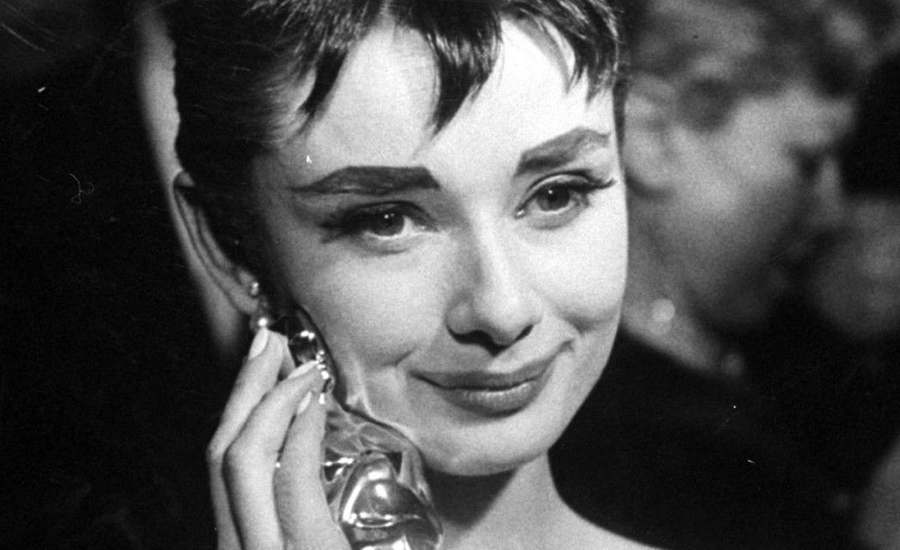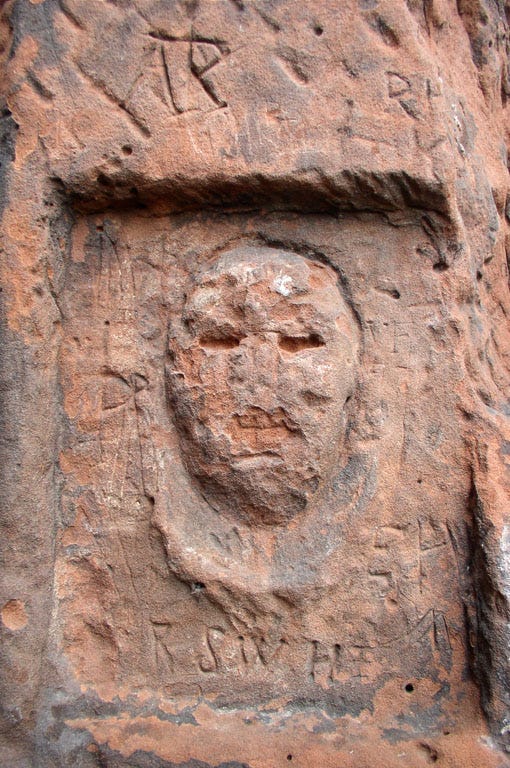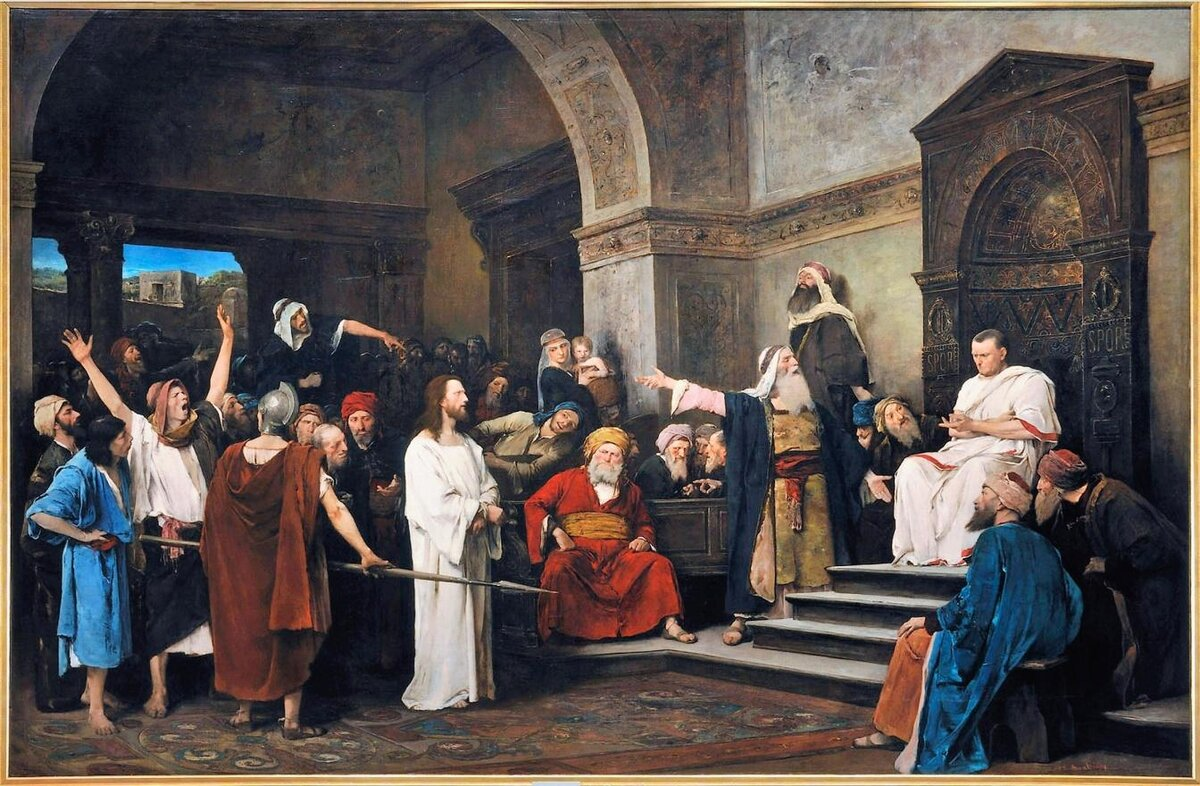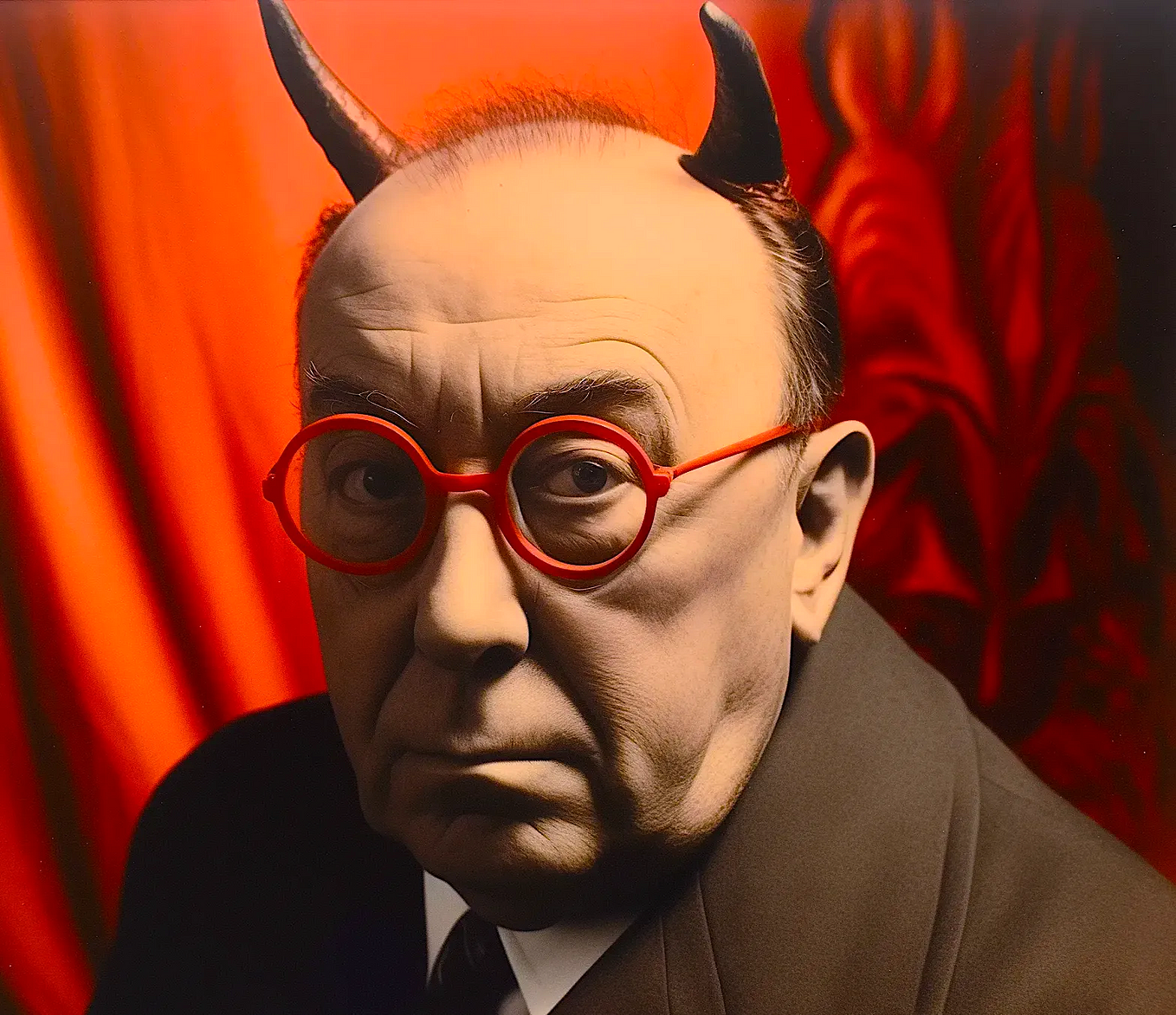How New York City Became the Heart of American Popular Music
From Tin Pan Alley to the Brill Building, New York dominated the music business until the 1960s
The American music business in the 19th Century was like the Wild West. When songs were written and published as sheet music, copyright laws were ineffective. A song could be published by a small music publisher in one city and, when it became popular, a publisher in another city could produce a piece of sheet music that was basically the same song. Instead of getting into bitter disputes, most music publishers in the 1800s simply agreed to allow “regional” versions of songs to be produced.
A home for music publishers
While music publishing in the U.S. got its start in Boston and migrated to other cities, New York eventually became the center of music publishing. Two New York music publishers — T. B. Harms and Willis Woodard — were the first to specialize in popular music. They were based in New York City’s entertainment district, originally located in Union Square.
By the 1890s, the entertainment district had moved to West 28th Street, between Broadway and Sixth Avenue. In 1893, the music publisher M. Witmark & Sons relocated to West 28th Street and other larger publishers soon followed their lead. In 1895, a number of them formed the Music Publishers Association, an early organization established to give them collective clout. Until 1914, though, when the American Society of Composers, Authors, and Publishers (ASCAP) was founded in New York City, there was no industry-wide central agency to manage and protect songs.
New York became the national hub of music publishing by the late 1890s, and West 28th Street became known as “Tin Pan Alley.” At one time, “tin pan” was slang for “a decrepit piano.”
Various stories exist about how Tin Pan Alley actually got its name. One account credits Monroe H. Rosenfeld, a songwriter/journalist who wrote for the New York Herald, who supposedly claimed the cacophonous sound of numerous “cheap upright pianos” resembled the banging of tin pans in an alleyway. Another story suggests a journalist interviewing songwriter/music publisher Harry Von Tilzer told him that his modified piano sounded like a tin can. That led the journalist to title a story about the songwriters and music pubishers in the area “Tin Pan Alley.”
Tin Pan Alley
Regardless of the origin of its name, Tin Pan Alley came to stand for not just the physical area in which songwriters and music publishers congregated, but the music business in general. It was, in essence, the birthplace of American popular music — where songwriters went to churn out tunes. This accounted for the relentless sound of pianos along West 28th Street! “Tin Pan Alley” was so representative of the music business that Great Britain used it too.
After the Civil War and before records became popular, many Americans owned pianos. A common form of entertainment was for family and friends to gather around them and sing songs. As a result, a market was created for popular songs to be turned into sheet music. Hoagy Carmichael, Scott Joplin, Cole Porter and the immortal duo of Rodgers and Hammerstein, to name a few, were Tin Pan Alley songwriters.
“Song pluggers” were hired by the sheet music publishers to play songs on pianos strategically located in department and music stores. Customers could hear the songs being played before purchasing the sheet music — a crude but effective form of advertising. Two well-known songwriters who started out as song pluggers: Irving Berlin and George Gershwin.
Song pluggers were just one of the ways Tin Pan Alley publishers, most of whom started out as salesmen, pitched their sheet music. They also marketed by distributing free samples, organizing singalongs and staging events at which their songs were played.
By the 1920s, Tin Pan Alley publishers were keeping up with the times, churning out jazz and blues music. Still, the music business was moving away from songs published for amateur piano players and vaudeville entertainment. Radio, musical shows and the new medium of motion pictures required songs written that could be professionally performed. Once the recording industry emerged, the sheet music publishers of Tin Pan Alley had largely outlived their usefulness.
The Brill Building and 1650 Broadway
As the entertainment district moved uptown to what is now called the Broadway theater district, so did the music industry. In 1931, an 11-story building was constructed at 1619 Broadway on 49th Street. It became known as the Brill Building, named after a men’s clothing store operated by the Brill Brothers.
With low rent offered at the height of the Great Depression, the Brill Building attracted songwriters and music publishers. In addition to these music businesses, Nat King Cole, Tommy Dorsey, Duke Ellington and other performers leased office space there.
Once the 1950s came along, the Brill Building became a beehive of popular music activity, especially fledgling rock ’n’ roll. By the early 1960s, in excess of 160 music-related businesses were tenants in the Brill Building. It actually was a vertically integrated business model in which a musical talent could get a song written, published, recorded, produced and promoted, all under one roof.
Songwriting duos (sometimes married couples ) were common — and songwriters often collaborated and formed close friendships. Among the scores of songwriters and performers associated with the Brill Building were Bert Bachrach and Hal David, Bobby Darin, Neil Diamond, The Drifters, Connie Francis, Gerry Goffin and Carole King, Marvin Hamlisch, Jerry Leiber and Mike Stoller, Barry Mann and Cynthia Weil, The Ronettes, Paul Simon, Frankie Valli & The Four Seasons and Dionne Warwick.
About a block-and-a-half away from the Brill Building was 1650 Broadway. This building housed numerous R&B and rock ’n’ roll labels, such as Laurie Records, Roulette Records and Scepter Records, as well as publishing companies, including Aldon Music, founded in 1958 by Al Nevins and Don Kirshner. Also in 1650 Broadway was Allegro Studios, a well-known recording studio.
Music that emanated from the Brill Building, 1650 Broadway and a few other close-by locations became collectively but inaccurately known as the “Brill Building Sound.” The term broadly represented the American popular music — with all its various influences — that evolved from the early days of songwriting through the Big Band era and into the 1960s.
From Tin Pan Alley to the Brill Building and 1650 Broadway — there can be little doubt that New York City was the center of American popular music.
Sources
“The Brill Building,” Landmarks Preservation Commission, New York City
“Tin Pan Alley,” Sound American
“Tin Pan Alley and the ‘Brill Building Sound,’” Music Enthusiast










